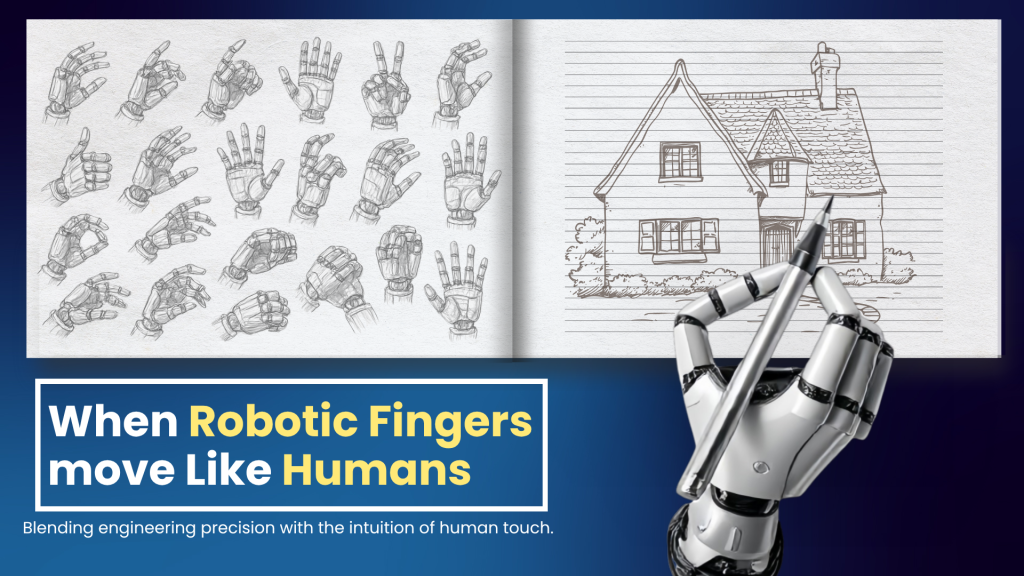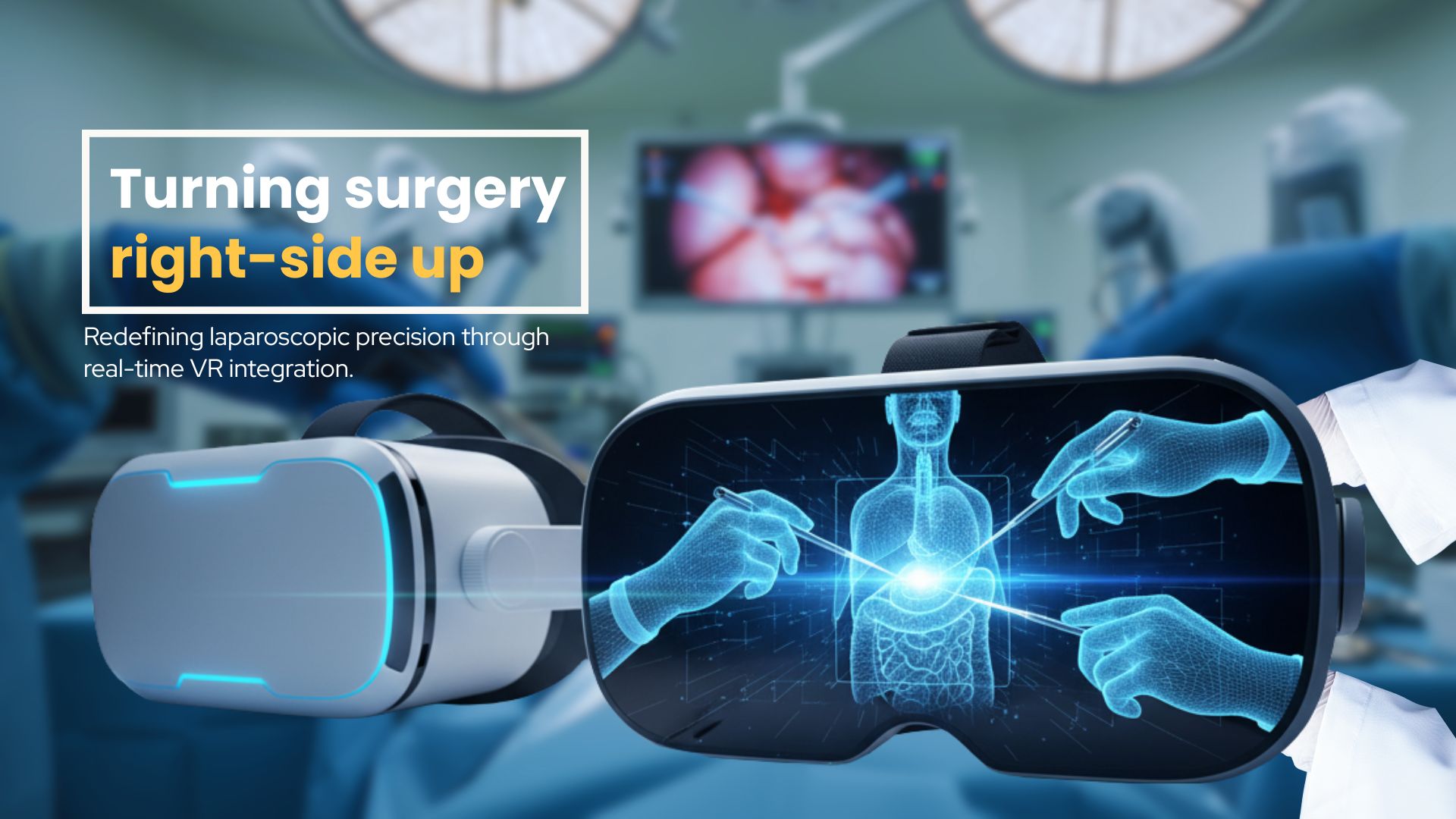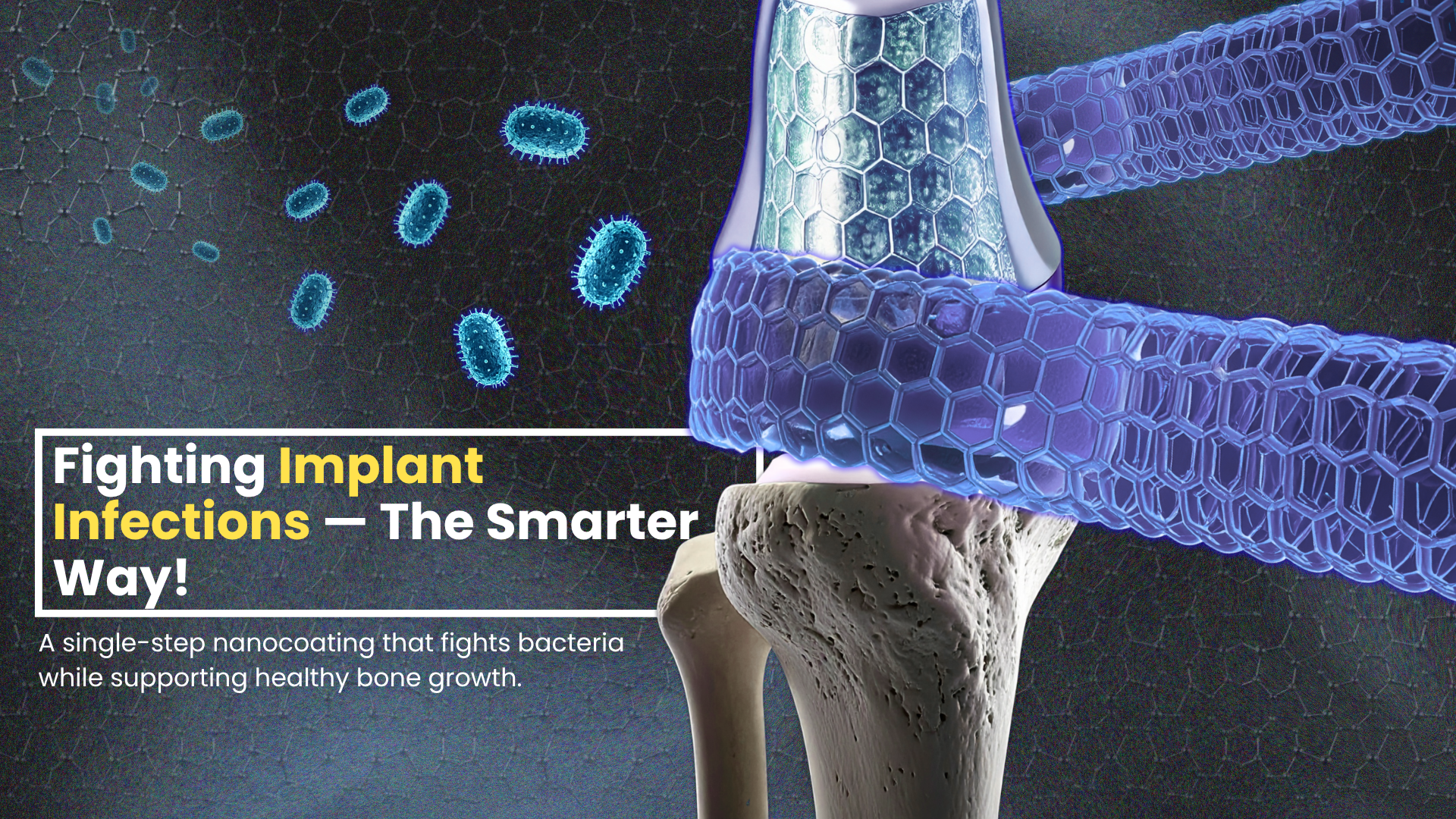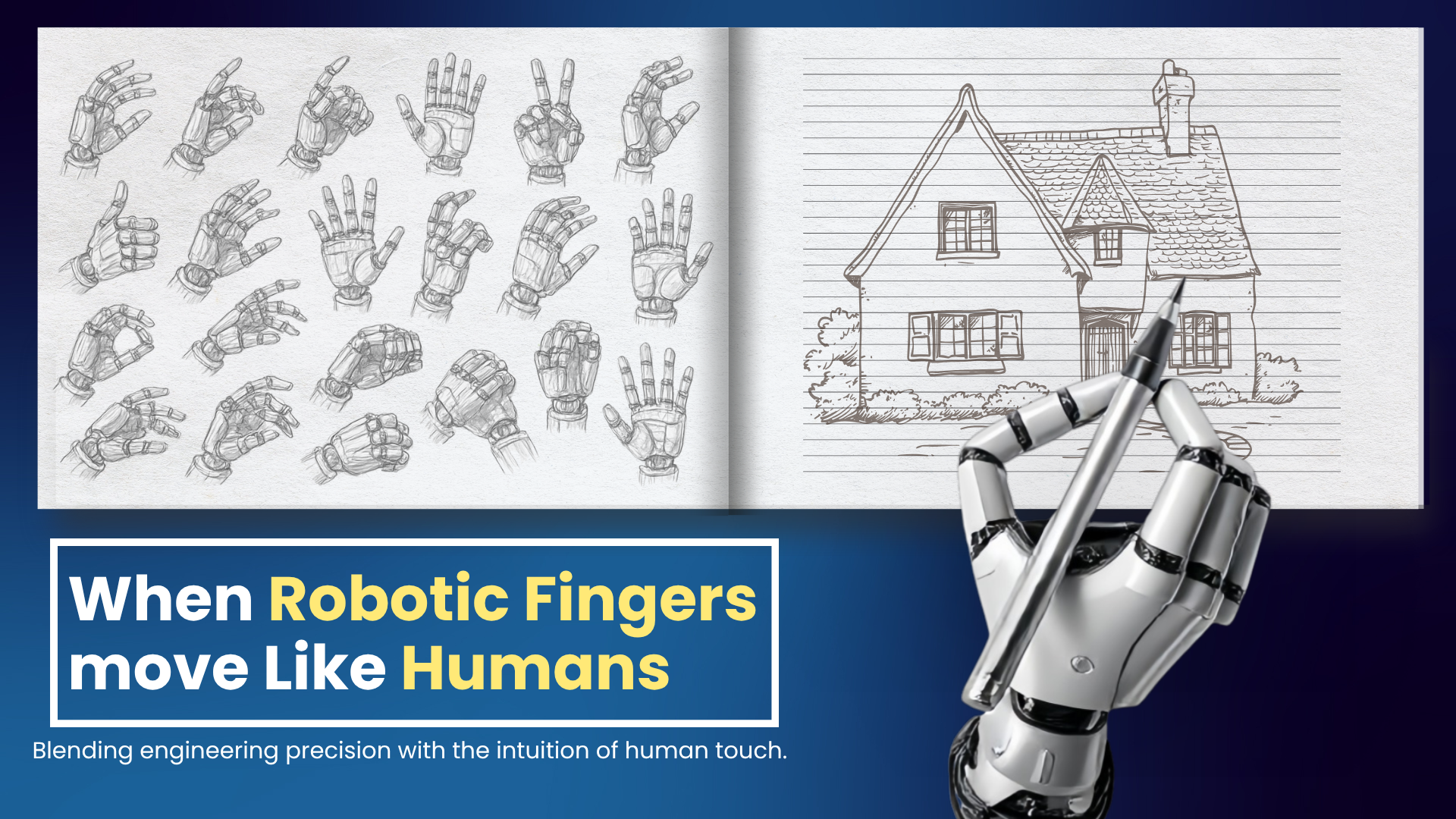
Robotic arms are in high demand, and are used in a number of environments such as in assembly lines, to perform surgeries, etc. But the search is on for a robotic hand to perform human activities of daily living (ADL).
Surprisingly, the design of the fingers of the robotic hand are most important. This is because the structure, functionality, and control of the fingers are a major limiting factor for the hand.
Two approaches are usually taken to design the fingers – tendon-based fingers (tendons are fibrous connective tissues that connect muscle to bone) and linkage-based fingers. Even though both these approaches have their advantages, they also have drawbacks.
In tendon-based fingers, though they provide biomimetic (inspired by biological systems of nature) features, they are associated with backlash, low force output, and friction problems. Linkage-based fingers, though they provide reasonable force output, are not widely used because of drawbacks such as long time taken for grasping of the object, flexion of distal finger joints problems, and fingertip motion is not anthropomorphic (similar to human characteristics) since grasping occurs sequentially.
As a simple solution is sought after, and tendon-based and linkage-based fingers have their drawbacks, the solution taken is called underactuation. Underactuators have fewer actuators (device that causes the machine to operate) than the number of joints being controlled. Underactuated mechanisms can make a prosthetic hand simple and provide a sufficient number of grasps.
It is widely hypothesized that the human brain employs a limited number of variables to control all the different hand motions. The human brain achieves this through a reduced set of predefined functional variables known as synergy.
In the design of a prosthetic hand, underactuation and the implementation of synergy play a crucial role in the overall performance. However, two main tasks of fingers during grasping, namely, joint coupling and adaptation should be taken into account. Underactuation can only achieve one of the two functions as they are both contradictory. Therefore another solution is needed.
Anthropomorphism of the fingers is a must because it will result in stabler grasps. As the prosthetic hand is designed to perform activities of daily living, an anthropomorphic design results in a safe and natural situation during these activities. Also, the aesthetics (beauty) and ergonomics (efficiency) requirements in prosthetic hand design require anthropomorphism.

In this study, the authors Mr. Vignesh Sompur and Prof. Asokan Thondiyath from the Department of Engineering Design, Indian Institute of Technology (IIT) Madras, Chennai, India (Mr. Vignesh Sompur is also affiliated with the Department of Applied Mechanics and Biomedical Engineering, Indian Institute of Technology (IIT) Madras, Chennai, India), and Prof. Varadhan SKM from the Department of Applied Mechanics and Biomedical Engineering, Indian Institute of Technology (IIT) Madras, Chennai, India have aimed to design a robotic/prosthetic finger with anthropomorphism and minimalism as its foundational pillars.
A novel hybrid finger (HyFi finger) mechanism was designed to have three phalanges (phalanges are bones that make up the fingers of the hand). The structure comprises linkages, whereas the control is achieved through tendons to perform anthropomorphic motion. This design is augmented with anthropomorphism. This provides the finger with shape adaptation as well as joint coupling, which are the primary contributors to finger performance. This paper also introduces a novel index to quantify finger anthropomorphism. While numerous anthropomorphism indices are available for grasping performance, no similar indices exist for fingers. The results showed improved anthropomorphic motion and increased contact forces for the current finger design compared to the conventionally designed prosthetic finger.
Dr. Pushparaj Pathak from the Department of Mechanical and Industrial Engineering, Indian Institute of Technology (IIT) Roorkee, Roorkee, India, gave his analysis of the work done by the authors and pointed out the advantages of the method used with the following comments: “The article “Underactuated Finger Design: A Minimalistic Approach Toward Biomimetic Prosthetic Finger” presents a hybrid finger mechanism. The structure comprises linkages, and control is achieved through tendons. This design is anthropomorphic in nature. The beautiful aspect is that fingers have shape adaptation capability. The work introduces the finger anthropomorphic index (FAI) to compare the hands’ performance. The experimental work with solid analytical analysis is well appreciated.”
Article by Akshay Anantharaman
Click here for the original link to the paper










